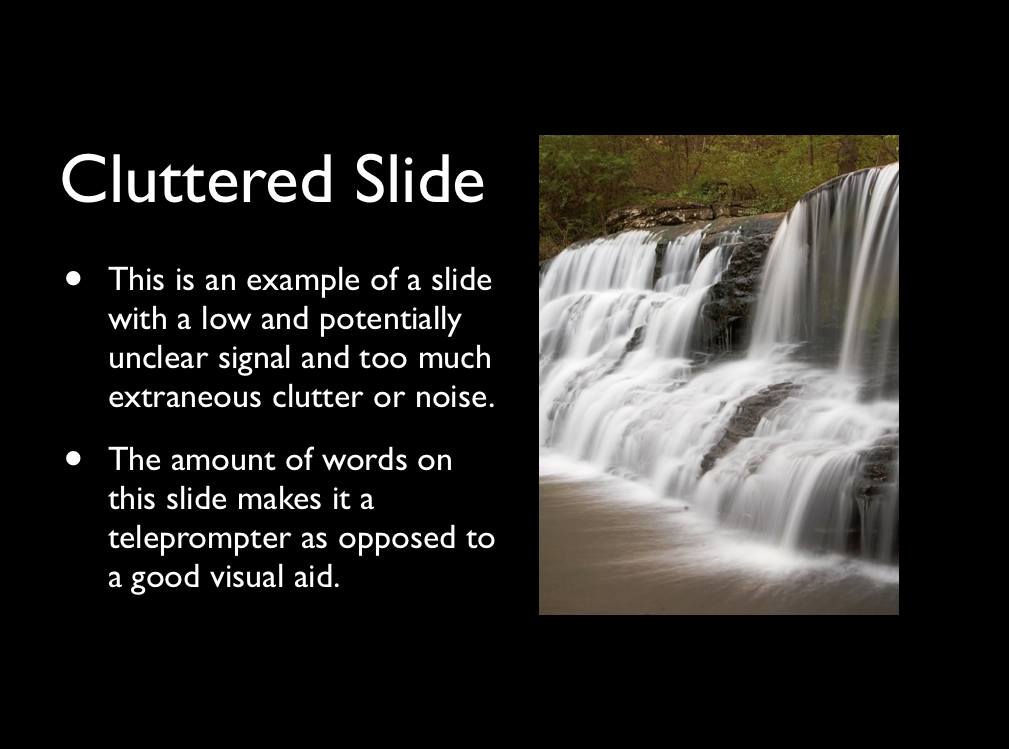Anyone who is studying or working needs to talk about their ideas or work. In the urban corporate world and academia, we use PowerPoint presentations to do so. However, the current way that PowerPoint is used, is nicknamed ‘Death by PowerPoint’! The overload of slides and bullet points is surely not what audience wants. Human cannot read so much text and listen at the same time! Therefore, a presentation is supposed to be a speaking aid and not a word to word copy of what you want to say.

Here are a few tips to making a more efficient presentation:
Emotions
There is a notion that if you want to be taken seriously about your presentation, then it has to be dull and drab. However, research shows that we are much more likely to remember emotionally charged events than neutral ones. If you want your idea or work to stick, bring emotion into it. Share a personal story, your passion about this goal, a story about something you encountered in the field – anything. As long as it helps you and the audience connect.
Images
Seth Godin, marketing guru, says that you should have no more than 6 words on a single bullet point. Most of the times, rely on good, high quality images to supplement your narrative. If you are talking about the glass ceiling, select a good picture of working women, with just one statistic, like percentage of working women, artfully placed on the image. Use this image to support your story. Images and animations can make statistics fun.

Voice
Voice modulation, rate of speech, vocabulary and other aspects of what you say and how you say it, can have a huge impact on how well-heard you are. Some speakers talk too fast or slow, or have too many umms and ahs within their talk to be understood or taken seriously.
Body language, similarly, is also another aspect of you that you should have under your control before you go on stage.
Preparations before the presentation
The role of preparation simply cannot be undermined. Good speakers practice so much that they make being on stage look almost natural. Instead of starting out by opening powerpoint, chart out your ideas on a white board or paper. You should have one central idea that can be summarized in 140 characters, and 3 branching ideas, which can have more subparts each.
Chart it out in such a way that use of story and humour is used before and after a statistic and a serious point, so that the audience feels more like they’re having a conversation with you, than being subjected to a lecture.

There are many good books available on how to give good presentations. However the two books which I would I like to recommend are: 1. Presentation Zen by Garr Reynolds and 2. Talk like TED by Carmine Gallo. TED talks are good sources of inspiration to learn presenting and public speaking skills. Books by marketing guru Seth Godin are also useful in imbibing lessons of how to stand out, be remarkable and be remembered.
Comments
Powered by Facebook Comments

